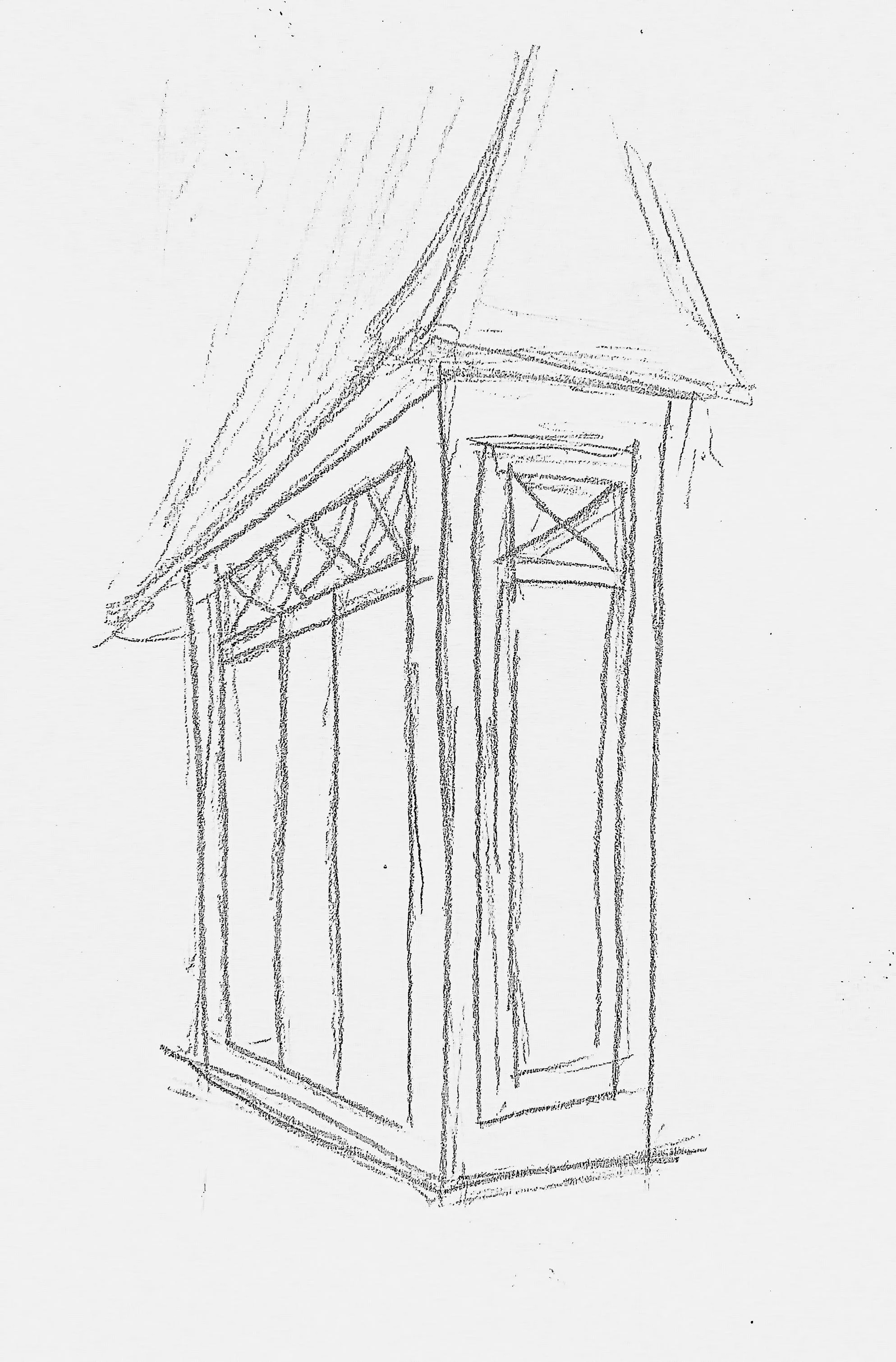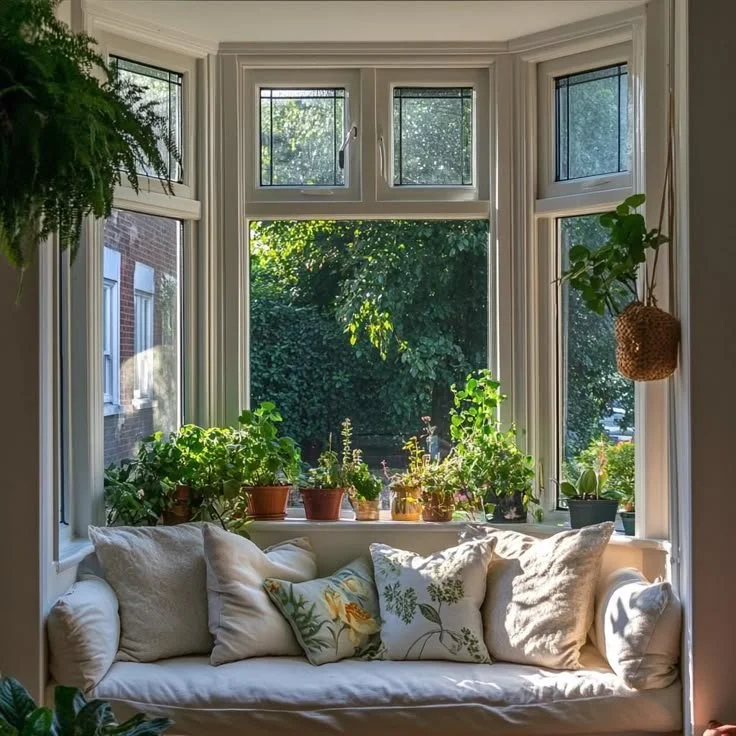Beloved Bays: The Power of Bay Windows
If I had to pick one thing that embodied “interior design”, I’d pick a bay window. As a child I knew I was drawn to the design world because of my admiration for bay windows. I wanted to become an interior designer because I knew if I were to build a house one day, it would have a bay window. As a child, all I wanted in my bedroom was a bay window - not a TV, not a fridge filled with sweets - I wanted this specific window. I wanted to be able to sit on the ledge, watch the people go by. I wanted to sit and read a book. I wanted to place plants on the ledge. But why? As a nine year old, who hated to read, and definitely couldn’t keep a plant alive, why was I so obsessed with these windows?
Funnily enough, I know I’m not the only one. Most people I’ve come across where the topic of bay windows comes out (though I have to admit, it’s probably not as many as I would like) everyone agrees that they too would love a bay window. So why? What makes this specific shape and design of window so appealing… The natural light is an obvious answer - the connection to the exterior environment. And yes, you get this with all windows - but not in the same way. This is a carved out space dedicated to simply being a window. It’s the spatial organization, the fact that it becomes a feature and a contrast from the consistent and expected formation of the room. A feature that is drawing us towards an innate human instinct - nature.
Notice when you look at a bay window, you associate it with serenity, peace, or the act of being calm, cozy, happy. More than half the brownstones in New York City have bay windows… one of the most chaotic, loud, overwhelming cities in the world, yet somehow when I walk down the street and look at them, you still feel that sense of serenity. This is the power architecture can have on its built environment.
Even when looking back at the earliest uses of bay windows, its appeal hasn’t really ever changed. Aside from the practicality of them providing extra ventilation, and natural light, these polygonal or rectangular shapes really left a mark on architecture and design from a very early age. The English took inspiration from the Italians and started developing bay windows during the Renaissance period. Going into the Victorian Era they really came to life and were a representation of wealth and social status. They started adding detailing, stained glass, and wood carving- The more elaborate and ornate, the wealthier the homeowner. In today’s world, the wealth aspect may still be true, however in this age of construction and accessibility, they aren’t as “exclusive” or “elaborate” as they once were. So why are they still so endearing? And after all this time, as styles have come and gone, they never really went out of fashion… Why?
It comes down to the power of a niche - a design element. Take something ordinary or practical, and make it a niche - and people will love it. We see it with under-stair wine rooms, or small coffee station niches in kitchens. When you emphasize a singular element through spatial organization - it adds significance to the mundane. In this specific instance, it’s the connection to the outside world, or even just an extra surface. It’s an unexpected break in the geometry of the space. When you have a room that is a square, it’s just that… a square room. Now break up this geometry and add a polygonal form protruding from the side of the square, and suddenly it becomes more interesting… You’ve created something that we are drawn to, both on plan and elevation.






